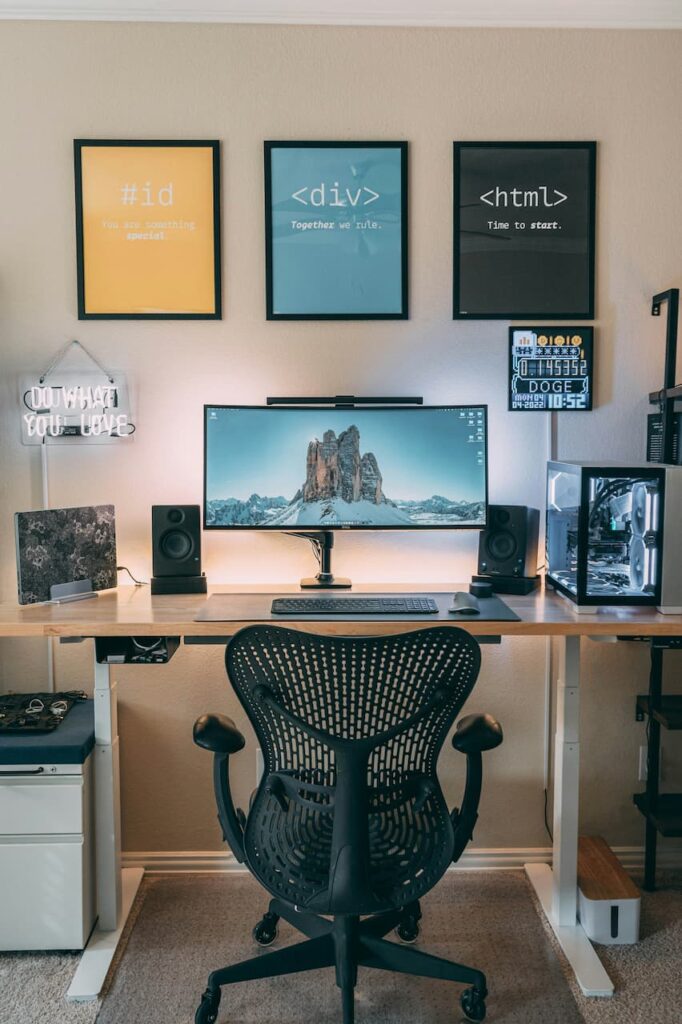Introduction
In the ever-evolving landscape of web development, efficiency and productivity are paramount. Sass (Syntactically Awesome Stylesheets) has become an indispensable tool for developers, providing a powerful extension to CSS with features like variables, nesting, and mixins. Sass libraries take these capabilities further, offering pre-built frameworks and components that streamline the development process, making it faster and more efficient. This article explores the top 10 Sass libraries that can significantly enhance your web development workflow.
Popular and Versatile Sass Libraries
Bourbon
Bourbon is a lightweight Sass library that provides a comprehensive set of mixins and functions to simplify CSS coding. It includes useful tools for animations, typography, and responsive design, making it a versatile choice for any project.
Key Features:
- Mixins for Flexbox: Simplify the implementation of Flexbox with easy-to-use mixins.
- Cross-Browser Compatibility: Ensures your styles work seamlessly across different browsers.
- Responsive Design Tools: Includes media query mixins to create responsive layouts effortlessly.
Compass
Compass is a Sass-based CSS authoring framework that offers a rich collection of reusable patterns and best practices. It extends Sass with additional functions and mixins, making CSS writing more efficient.
Key Features:
- CSS3 Mixins: Provides mixins for CSS3 properties like gradients, transforms, and animations.
- Sprite Map Generation: Simplifies the creation of image sprites, reducing HTTP requests.
- Typography Helpers: Offers a range of typography-related mixins and functions.
Susy
Susy is a powerful grid system built with Sass that allows you to create responsive layouts with ease. It provides a flexible approach to grids, letting you define your grid’s structure and behavior.
Key Features:
- Responsive Grids: Create fluid grids that adapt to different screen sizes.
- Customizable Columns: Define the number and width of columns as needed.
- Gutter Control: Adjust the spacing between columns effortlessly.
Libraries for Specific Use Cases
Breakpoint
Breakpoint is a Sass library designed for handling media queries and responsive design. It simplifies the creation and management of breakpoints, making it easier to build responsive layouts.
Use Case Scenario:
Breakpoint is ideal for developers who need to manage multiple breakpoints and ensure their designs are responsive across various devices.
Key Features:
- Customizable Breakpoints: Define and use custom breakpoints effortlessly.
- Nested Media Queries: Write nested media queries for cleaner and more organized code.
Animate.scss
Animate.scss is a Sass port of the popular Animate.css library. It provides a collection of ready-to-use animations that can be easily integrated into your projects.
Use Case Scenario:
Perfect for adding animations to your website without writing complex keyframes from scratch.
Key Features:
- Predefined Animations: Includes a wide range of animations like fadeIn, slideIn, and bounce.
- Easy Integration: Apply animations to any element with simple mixins.
Themed
Themed is a Sass library focused on theming and skinning. It allows you to create and manage themes for your web applications easily.
Use Case Scenario:
Ideal for projects that require multiple themes or color schemes, such as e-commerce sites or web apps with customizable user interfaces.
Key Features:
- Theme Variables: Define variables for different themes and switch between them seamlessly.
- Mixins for Theming: Provides mixins to apply themes consistently across your project.
Emerging and Innovative Sass Libraries

Eyeglass
Eyeglass is a Sass library that bridges the gap between Sass and JavaScript, making it easier to integrate Sass with Node.js projects.
Unique Features:
- Module System: Allows you to manage and import Sass files as modules.
- JavaScript Integration: Seamlessly integrate Sass with JavaScript-based build tools.
Potential Future Impact:
Eyeglass is poised to streamline the development process for projects that rely heavily on both Sass and JavaScript, enhancing compatibility and efficiency.
Family.scss
Family.scss is a Sass library designed for handling complex selectors and relationships in your CSS. It makes writing nested and sibling selectors more intuitive.
Unique Features:
- Selector Functions: Simplifies the creation of complex CSS selectors.
- Relationship Management: Provides functions to manage sibling and child relationships in CSS.
Potential Future Impact:
Family.scss is gaining traction for its ability to simplify complex CSS structures, making code more maintainable and readable.
SassMQ
SassMQ is a library for handling media queries in Sass, making it easier to write and manage responsive styles.
Unique Features:
- Media Query Mixins: Provides mixins for defining and using media queries.
- Breakpoint Management: Allows you to manage and reuse breakpoints across your project.
Potential Future Impact:
As responsive design remains crucial, SassMQ’s streamlined approach to media queries is likely to see increased adoption among developers.
Bulma
Bulma stands out as a modern CSS framework based on Flexbox, providing a range of responsive and customizable components. While not exclusively a Sass library, Bulma’s extensive use of Sass makes it a powerful tool for web developers.
Key Features:
- Responsive Grid System: Built on Flexbox for flexible and responsive layouts.
- Modular Design: Use only the components you need, reducing bloat.
- Customization: Extensive use of Sass variables for easy theming and customization.
Conclusion
To sum it up, Sass libraries offer many benefits, from simplifying complex tasks to providing ready-to-use components that speed up development. Using Sass allows developers to create code that is clean, structured, and easy to maintain, while also saving time by automating routine tasks such as compiling, minifying, and merging CSS files. By incorporating these libraries into your workflow, you can create more efficient, maintainable, and scalable web projects. Sass also supports modularity and code reuse, which promotes better project organization and reduces the likelihood of errors.
For a balanced workflow, remember to take breaks and do fun things like checking out the loto online platform. These short distractions can help relieve stress and recharge your energy. Research shows that taking regular breaks improves concentration and productivity. For more information, visit online lotto and learn how taking small breaks can boost your productivity and creativity.
